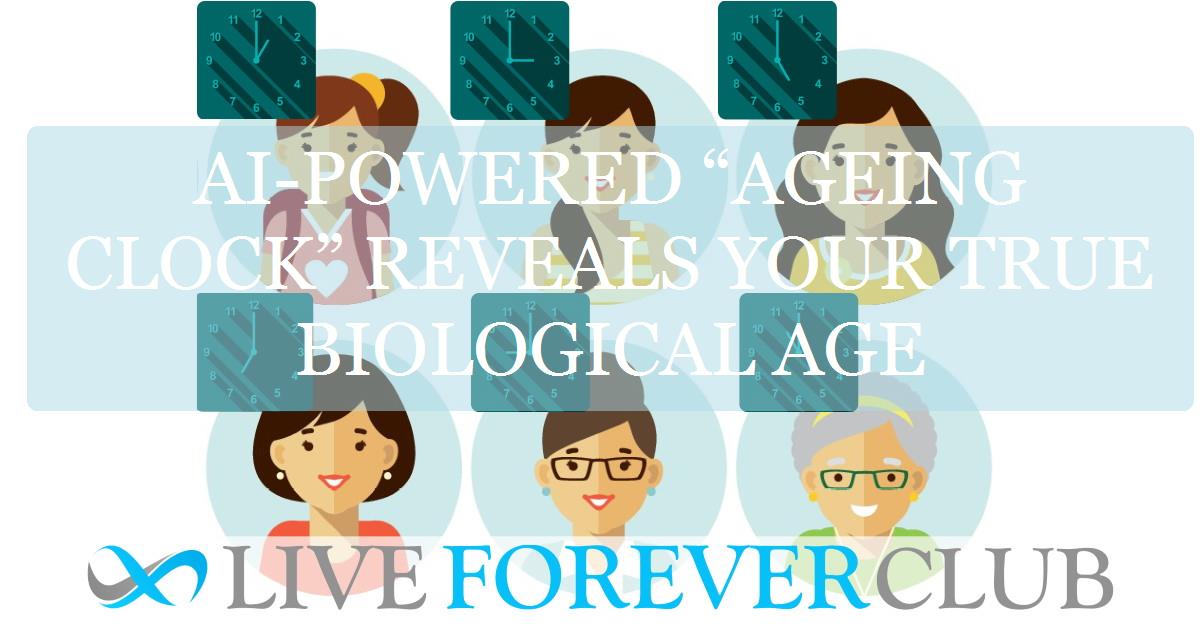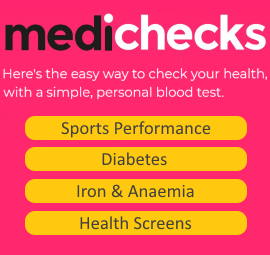Key points from article :
Researchers from Edith Cowan University (ECU), in collaboration with the Royal Prince Alfred Hospital and Shantou University Medical College, have developed a cutting-edge method to measure biological age—how old your body truly is on a cellular level. The study combines two types of biological information found in blood: the IgG N-glycome, which tracks changes in sugar structures on antibodies, and the transcriptome, a snapshot of gene activity. By integrating these datasets using an advanced artificial intelligence (AI) approach called Deep Reinforcement Learning, the team created a new “ageing clock” called gtAge.
The gtAge system was able to predict a person’s biological age with 85 percent accuracy, outperforming previous methods that used either dataset alone. The researchers also discovered that the gap between predicted and actual age—known as delta age—was linked to important health indicators like cholesterol and blood sugar. According to Dr. Xingang Li, a postdoctoral research fellow at ECU, this distinction matters because chronological age doesn’t capture the wide variability in how people age. Some remain healthy into their nineties, while others experience decline much earlier, and gtAge offers a more precise way to measure that difference.
On the computational side, Dr. Syed Islam, an ECU Senior Lecturer in Computer Science, led the AI development using a custom algorithm called AlphaSnake. This tool intelligently selected the most meaningful data points from the two biological sources, improving accuracy without overfitting. The team tested gtAge on 302 middle-aged adults from the Busselton Healthy Ageing Study in Western Australia, demonstrating the potential of multi-omics data combined with machine learning to illuminate how we age.
With an ageing population and growing interest in preventative health, the researchers believe gtAge could become a valuable clinical tool. By measuring biological rather than chronological age, doctors could identify early signs of age-related disease and individuals could take proactive steps—through lifestyle or medical interventions—to preserve their health for longer.






